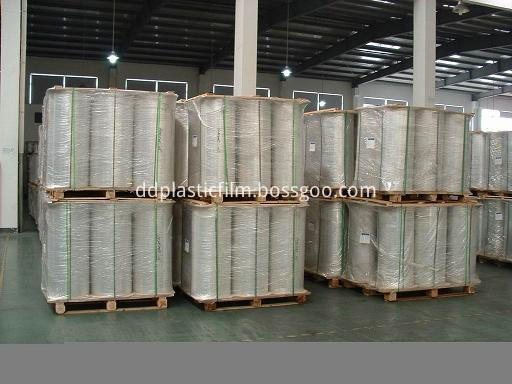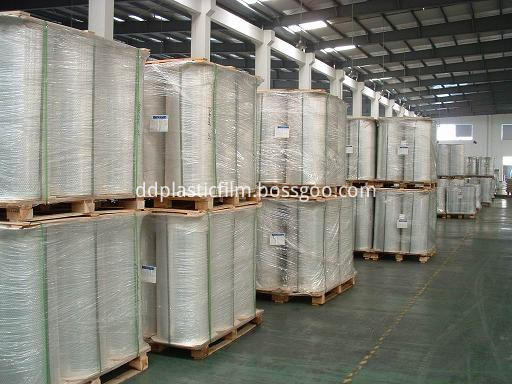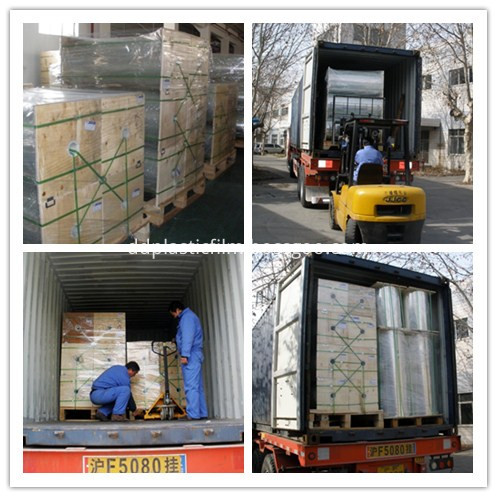The application of screen printing in clothing design is mainly reflected in the printing process. Screen printing can make ordinary cultural shirts show intuitive artistry, reflect the wearer's mental appearance, taste, interest and personality, and flexibly express the designer's design creativity. , Loved by consumers and designers. This article mainly takes the application of screen printing in knitted T-shirt printing and mesh color printing of textiles as an example.
1. Brief introduction of screen printing process
Silk screen printing is a method of making a silk screen into a flower plate. When printing, the flower plate is overlaid on the textile, and the printing color paste is added to the flower plate, which is printed on the textile under the squeeze of the scraper, so that the textile obtains the pattern. Printing method. This method has the advantages of simple plate-making, unlimited patterns and low cost. No matter which industry is used for silk screen printing, silk screens of different materials are used as the carrier of the plate film, but there are some differences in the selection of the silk screen and the plate making process.
1 Pre-press processing
Pre-press processing includes pattern design and black-and-white color separation (ie, positive film). Generally, the continuous shooting process is used for photosensitive plate-making. The photosensitive material for plate-making needs to be water-resistant.
2 Wire mesh material
The silk screen material is the main material for screen printing. The silk screen woven with silk has been replaced by a nylon screen. Although the nylon screen has high strength, wear resistance and elasticity, it is susceptible to temperature and humidity changes and scalability Larger, which affects the accuracy of the set, so when printing high-end products, polyester (polyester) screens are generally used.
In addition, metal screens such as nickel screens for rotary screen printing and stainless steel screens for circuit boards are also used. There are many varieties of wire mesh specifications, with a width of 90 ~ 230cm and a mesh of 31 ~ 196 mesh / cm, which can be selected according to different uses.
3 Screen printing equipment
Screen printing equipment is very complex, ranging from simple home workshops to modern complete equipment. Textile screen printing is divided into rotary screen and flat screen, flat screen equipment includes printing platen, automatic flat screen printing machine and rotary printing machine. Among them, the maximum width of the automatic flat screen machine is 3.2m, the length is about 60m, and the maximum color is 24 colors, which belongs to large equipment.
Textile screen printing is generally continuous printing. Even handkerchiefs, tablecloths, etc. with independent patterns are continuously printed and then cut out, while clothing pieces and shirts are mostly printed on turntables.
4 Material differences
The difference in printing materials is simply the difference between water-based and solvent-based (oily). Textile printing is generally based on dyes, especially on silk textiles. It is more complicated to use corresponding dye technology and supporting equipment according to the nature of different fibers. Printing is based on paint printing paste, which is called water-based ink.
Due to practical requirements, the color and luster of textile screen printing must have a certain fastness (not easy to fade). At the same time, due to large changes in color and luster, the paste and the colorant are generally sold and stored separately. .
In addition, there are many special functional coating printing pastes, such as foaming inks, bright inks, fluorescent inks, etc., which are often not restricted by the nature of textile fibers, so they occupy a certain position in coating screen printing. In recent years, screen printing The variety of ink is also increasing.
5 Post-press processing
In the screen printing process of textiles, post-press processing is very important. It must be steamed or baked at high temperature to fix the color, so that the dye and the textile fiber are combined to ensure the color fastness. In addition, after fixing, it should be washed with water to remove the carrier and unfixed dye in the printing paste to make the color bright.
It should be noted that even if the coating process is used, high-temperature baking is required, but it can be washed without water. The post-sequence processing of non-textile screen printing is generally simple, but it is necessary to take some necessary processing according to the quality requirements of printed products, such as the photo-curing treatment of UV ink.
2. Screen printing of knitted T-shirts
After printing the knitted T-shirt directly by screen printing paint, it can be completed as long as it is naturally dried or baked. Because this process does not require wet treatment, it is particularly suitable for knitted garment pieces to avoid problems such as deformation of needle textiles due to wet treatment. This process is applied to the production of small batch, multi-variety and multi-color products.
1. Sample processing
In addition to paying attention to continuous patterns, individual patterns and copy patterns, the design of the pattern should also explain the appropriate garment styles and specifications, the type and color of the textiles, and plot the direction and position of the pattern on the garment. , Designer, date, etc.
(1) Continuous pattern
Continuous patterns are usually two-party continuous or four-party continuous. Its examination content includes the integrity of the pattern unit, the accuracy of the length of the pattern joint, the uniformity of the pattern arrangement, the importance of the pattern color on the textile, and the effect of pattern and printing.
(2) Individual patterns
The individual pattern is an independent unit with the surrounding. The content of the examination of individual patterns includes the integrity of the pattern structure, the adaptability of the pattern and the garment, the correctness of the text, the reproducibility of the pattern color on the textile, and the effect of the pattern and printing.
(3) Copy sample
Most of the customer-supplied samples cannot be used directly, such as garments, fabric samples, photos, copy paper patterns, printed pictures and schematics, etc., most of them cannot be directly used for plate making, and must be processed and sorted for pattern copying. When reviewing the duplicate samples, first analyze the customer's sample and the required conditions to see whether the duplicate samples are consistent with the customer's requirements and printing process conditions. Pay attention to whether the continuous sample joints can be continuously connected and the pattern is uniform. Whether to return to the original state after "appropriate sorting".
BOPP Thermal Lamination Film is mainly made with BOPP base film + EVA glue.We use extrusion coating process to combine this two layers.In the final film one side has properties of BOPP film and the other side becomes heat sensitive surface used for dry lamination.
Advantage:
1)It is easy to operate on the laminator. That would save the time.
2)It was no bubble, wrinkle, or desquamates.
3)high efficiency and energy-saving.
4)outstanding function and effect.
5)high glossy and competitive price
6)high glossy and great matte
Application :
widely used for lamination books, brochures, magazines, etc
Feature:
general grade, normal temperature one-side heat sealable ,one side corona, low electro
static,good flatness,high heat seal strength
Bopp Thermal Film show:


Warehouse:


Shipping:

BOPP Thermal Film
Lamination Film,Eva Coated Film,Bopp Coated Eva Film,Bopp Thermal Film
Shijiazhuang dadao Packaging materials Co , https://www.ddplasticfilm.com